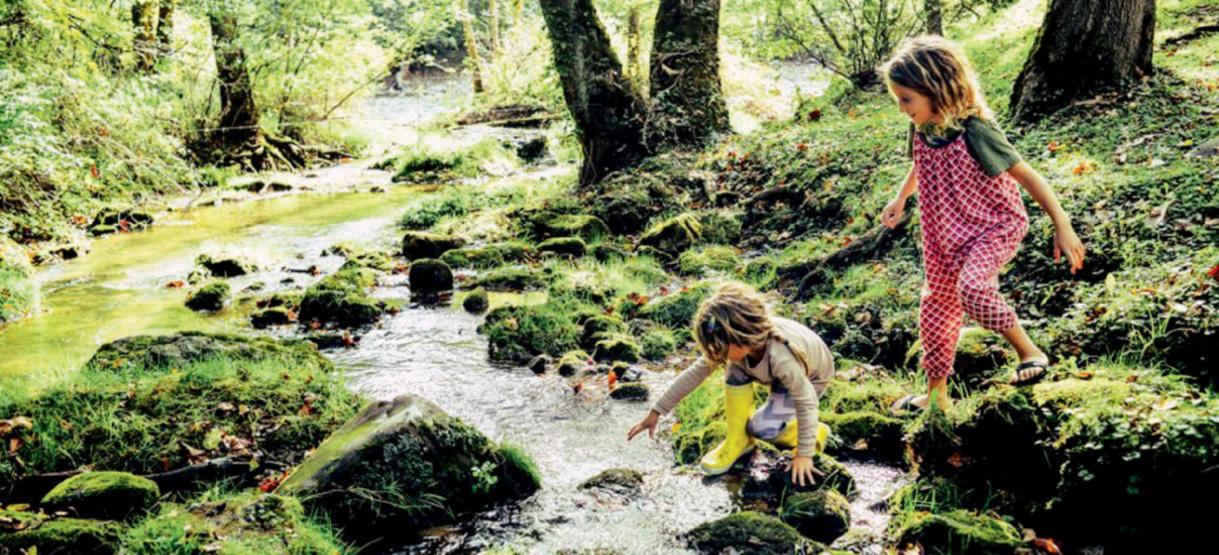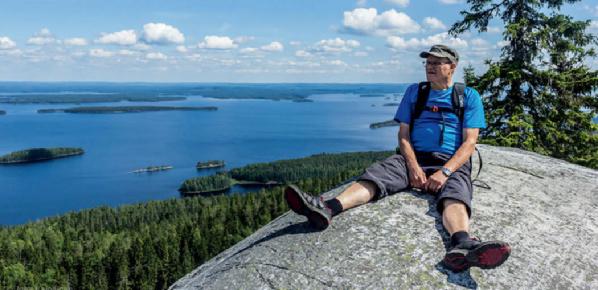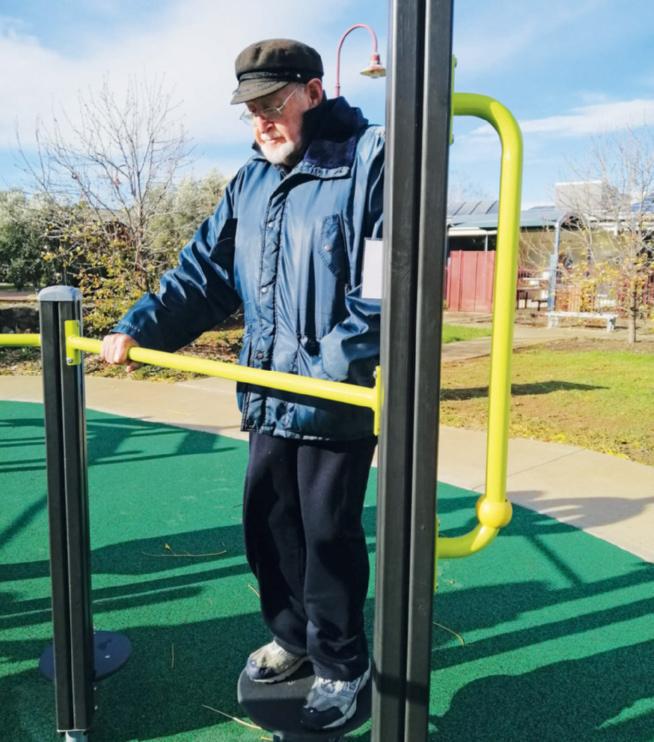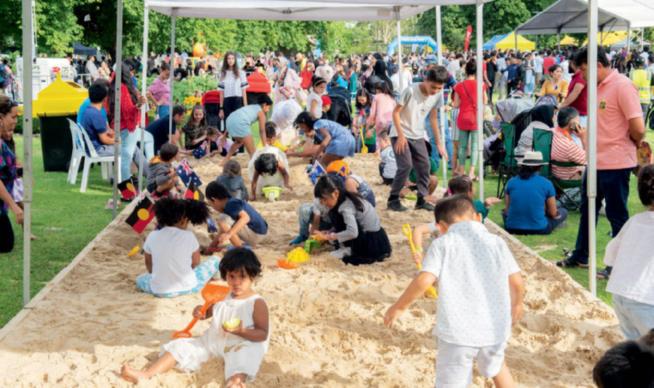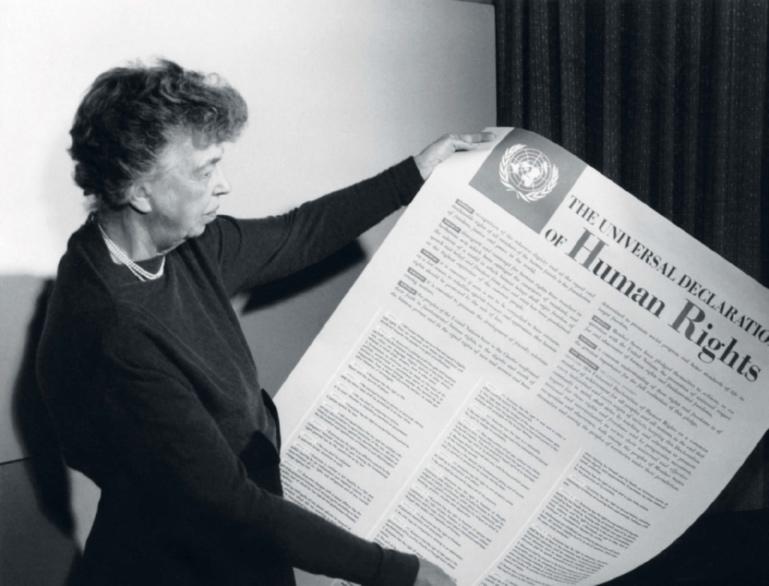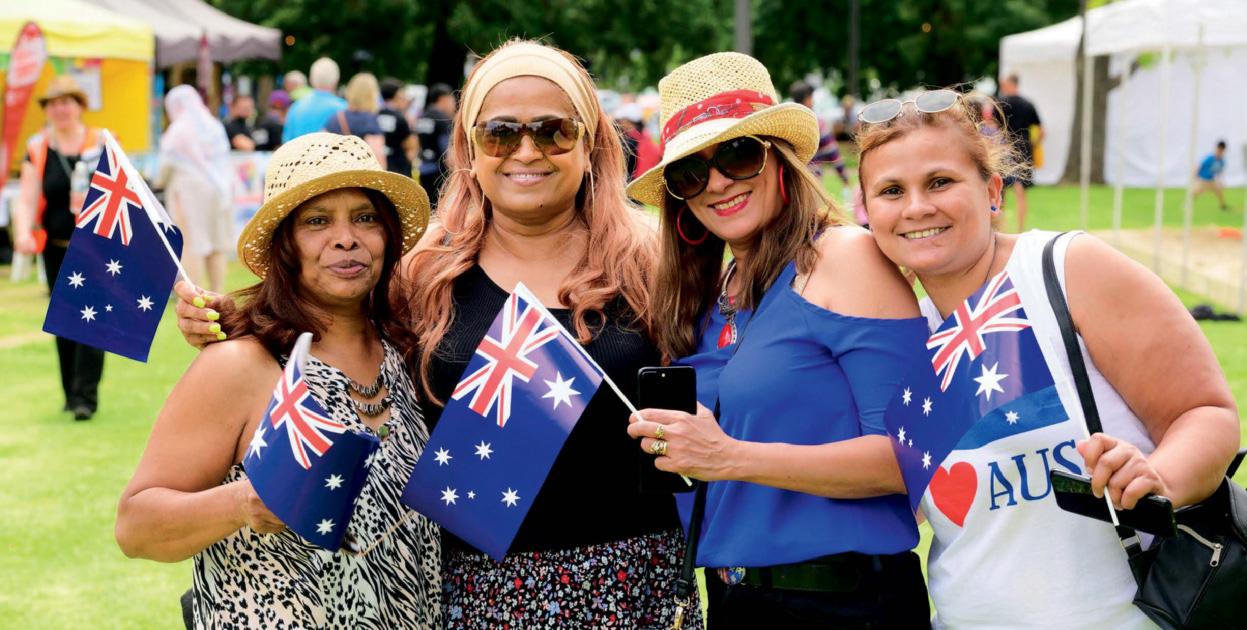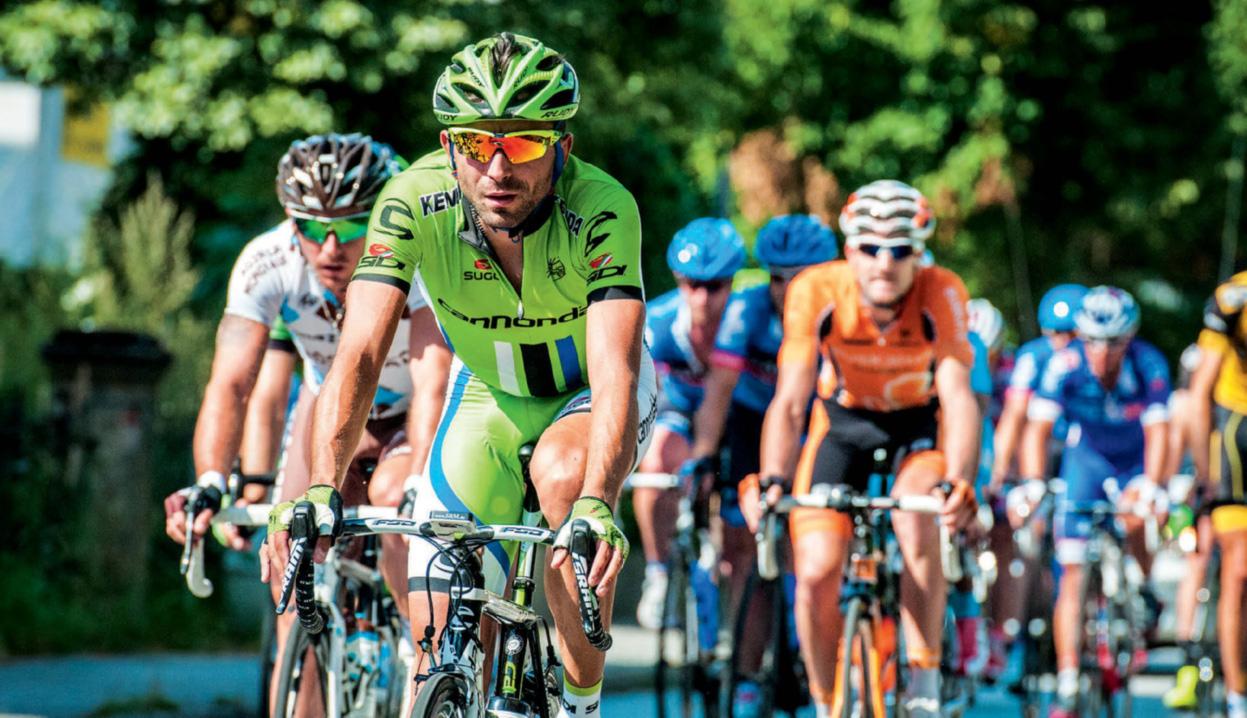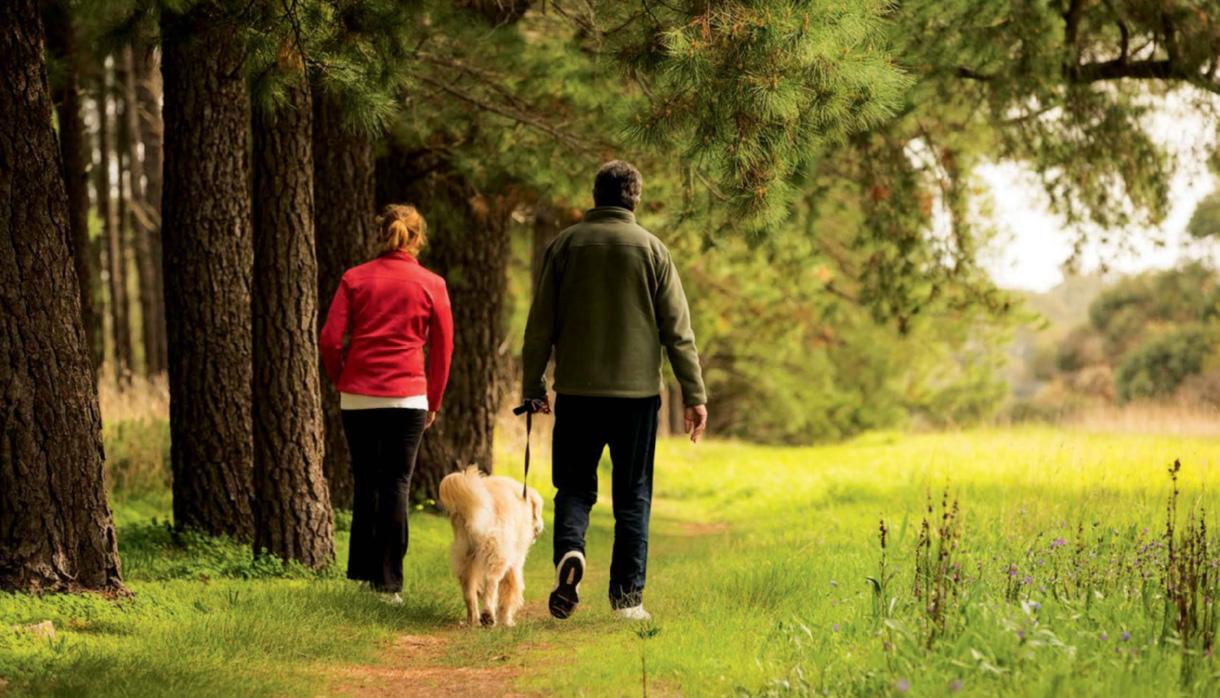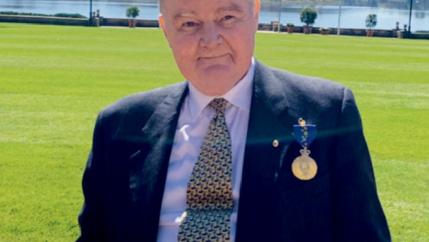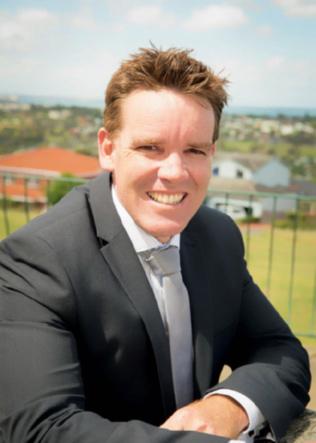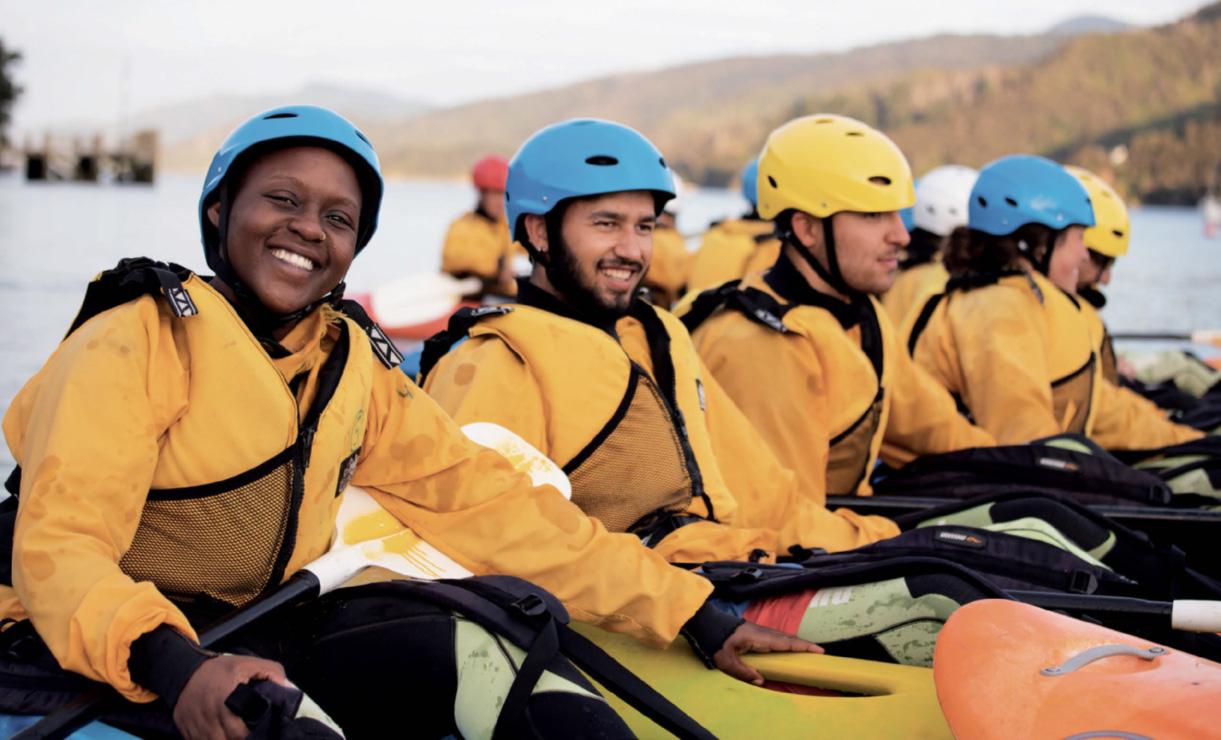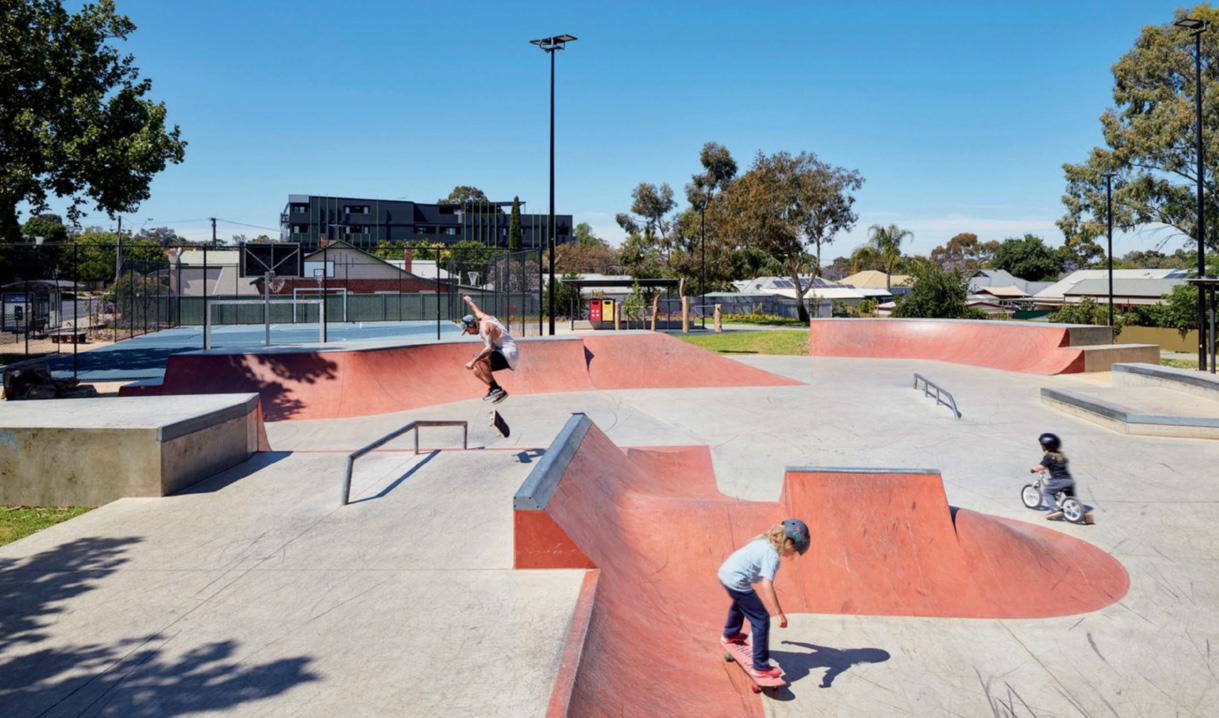WE’RE NOT ON THE SIDELINE, WE’RE IN THE TEAM ENGAGING YOUNG PEOPLE WITH PHYSICAL IMPAIRMENTS IN SPORT WORDS CATRIONA MCBEAN, PHD CANDIDATE, UNIVERSITY OF WAIKATO AND DSPORT MANAGER
F
or the last eight years my professional and voluntary work has focus on helping physically disabled people to participate and compete in sport and active recreation1. It’s not that hard really as most of them, and for disabled young people their parents/whanau, are looking for opportunities for engagement. I’ve taken my experiences and learnings over the last 20 plus years in the sector and have put them to good use at dsport. Based in Wellington, dsport provides opportunities for the physically disabled in our region, with a focus on youth. Our organisation is underpinned by the values inspire, enable, achieve. Outlined below is a summary of my research, the need for it now and how I will actively involve disabled young people so their voices can be included in future decisions regarding sport and recreation.
RESEARCH TOPIC In Aotearoa, disabled young people2 are underrepresented in participation in sport and active recreation. Sport New Zealand (Sport NZ) acknowledges this issue and is working on developing policy to address it. While working in the disability sport sector I have observed disabled young people missing out, I have also seen some fully engaged in sport and active recreation. Through hearing from these young people with physical impairments (YPwI) who are active and engaged, I want to find out how more opportunities can be provided to get more disabled young people involved in sport and active recreation. To this end, my research focuses on what contributes to the engagement of YPwI in sport and active recreation in Aotearoa.
SIGNIFICANCE OF THE TOPIC Sport New Zealand (2018b) concluded in their Value of Sport report that “sport and active recreation creates a happier, healthier people, better connected communities and a stronger New Zealand” (pg 2) and that sport is “in our DNA”. Yet as a practitioner, having worked in sport for over two decades and most recently in disability sport, I have witnessed disabled young people missing out on sporting opportunities. In response, I have searched for pragmatic recommendations and advice as to how to increase sport opportunities and increase the participation rates of disabled young people in a positive way. While policy advocates for increased opportunities, my experience suggests this does not readily translate into practice and better experiences for disabled young people. The disability rights catch-cry of “nothing about us, without us” applies equally to decisions relating to sporting opportunities as it does other aspects of disabled peoples’ lives. Bridging the gap between policy and practice is imperative, especially at grassroots level, as does including those directly affected by policy, if the efficacy of change in disability sport in New Zealand is to be real. In Aotearoa, 1 in 4 people identify as disabled (Statistics New Zealand, 2013). For young people (0-14 years), this is estimated to be around 95,000, or 11 percent of their population. Over the last few years, the importance of recognising and acknowledging disabled people in all facets of society has increased for government, including within sport and active recreation. Internationally, Article 30 of the United Nations Convention on the Rights of
12 AUSTRALASIAN PARKS AND LEISURE | Summer 2020
Persons with Disabilities (UNCRPD) explicitly requires governments party to the convention to take appropriate measures to encourage and promote disability-specific sport. New Zealand, is obliged to provide such opportunities and must be held accountable for our performance in this area. In the Sport NZ strategic direction Every Body Active (Sport New Zealand, 2019), disabled people are identified as a priority group. Through my experiences, I continue to witness a two-tier system where opportunities for those with an impairment are restricted as compared to non-disabled engagement. My experiences indicate the exclusion of disabled people in sport and active recreation is not for want of trying by disabled people, but rather conditions barring participation outweigh facilitators. Not only are the opportunities for disabled young people fewer than nondisabled, but the complexity of delivery, especially at grassroots community level, is often cited as a reason why the participation rates are lower (Cockburn & Atkinson, 2018; Gourley & Dwyer, 2005; McEwen, 2008; McKinley Douglas Limited, 1998). Yet when one looks more closely, there appears little reason why this should be so, when we know there are examples of YPwI actively engaged and supported in sport and active recreation in New Zealand. There is little research evidence that identifies the factors that contribute to the successful engagement of those YPwI who do participate in clubs and teams (Jeanes et al, 2018; Wicker & Breuer, 2014). In order to gather insights into the arrangements and practices influencing the provision of opportunities for YPwI in Aotearoa,




